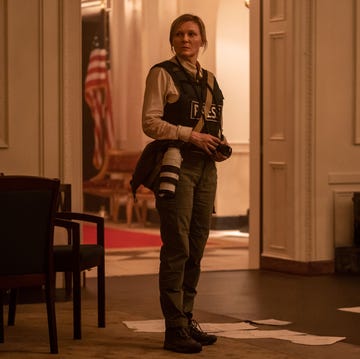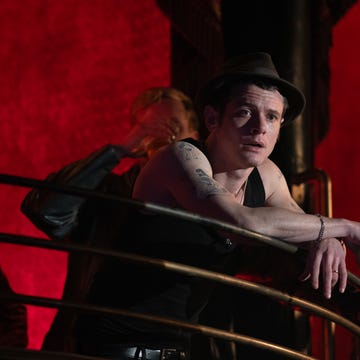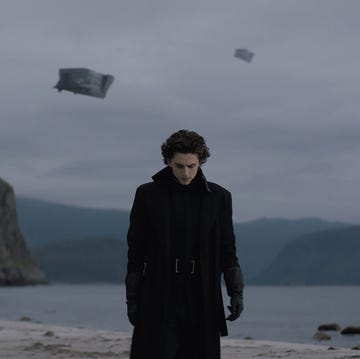Whether you enjoyed the film or not, Dunkirk didn't adhere to the rules of a traditional war film. One thing Christopher Nolan undoubtedly does is place you in the heart of the action, whether that is soldiers running to escape enemy fire in the first scene, or the diving spitfire running out of gas in the last.
For their Anatomy Of A Scene series, The New York Times sat down with Nolan to discuss the moment when the enemy strikes a navy ship filled with soldiers escaping Dunkirk and the boat quickly starts sinking into the sea. His insights are pretty fascinating.
"What I was interested in exploring in this scene is based on various first hand accounts I've read of people who got evacuated onto large naval ships, they were put down in the hold to maximise the number of people they could get on one ship. But of course what this means is if the boat was bombed these ships would go down very quickly," Nolan said.
"Here we're trying to show the horror of what it would be like to be trapped in that space. Locked in effectively below decks. Once the power goes out on the ships you can't see anything, the water is filling the place.
"It's about darkness, that absolute fear and claustrophobic sense of being trapped with hundreds of other people in a dark space rapidly filling with water. In our research we looked at what happens to a navy vessel that's torpedoed and it goes down very very quickly, there's very little time to think.
"To shoot this we shot some of it on-board a real destroyer off the coast of Dunkirk and then we doubled it with a forced perspective set we built in a tank so that we could roll it over into the water. The actors performed all their own stunt-work and water-work on the rolling ship.
He said: "Really for me, doing the sequence at night in the dark was about trying to make it as primal as possible, as terrifying as possible."
Job done, we'd say.














